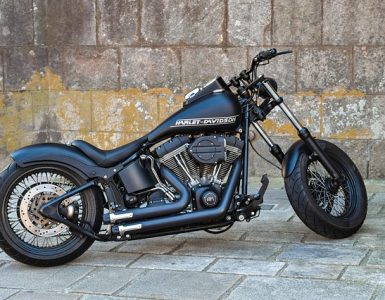Kelley Blue Book vs. Car Invoice Prices
If you’re exploring the car market, you may have come across the term “car invoice prices.”
This is something that will help you properly gauge accurate car prices. It’ll help you shop in fair markets when getting a new car.
Car invoice prices are the most accurate price tags you can come across. It’s similar in usefulness to the Kelley Blue Book, but they’re only provided on new vehicles, not used ones. The Kelley Blue Book (KBB) on the other hand provides new and used car information.
Through this article, we’ll look deeper into similarities and differences between car invoice prices and the KBB. Hopefully, this should help you know what to look for when exploring each source!
Similarities: Kelley Blue Book and New Car Invoices.
The Kelley Blue Book and new car invoices give you a way to check the fair market price of any car.
With new cars, the invoice gives info on what the MSRP is (manufacturer suggested retail price), and the net dealership cost for the car. Regardless, true costs may be lower, due to benefits like dealership cash and holdbacks that dealerships receive. With a holdback, a dealership is paid to balance costs of doing business, such as employee salaries and building maintenance.
Down the line, learning about holdbacks will save you money. You can negotiate safely with dealers for lower prices. So you get cars you want for lower costs, but the dealership still makes a profit.
The Kelley Blue Book provides price info for new cars also. The Kelley Blue Book trade-in values of used cars are similar to the invoice prices of new cars. Also, the KBB retail values are similar to the MSRPs of a new car.
Regardless, always remember that when negotiating prices with a dealer, you should get as close as possible to the estimated dealership cost of a car. Dealerships will still profit, even if they sell you a car at that price.
Differences: Kelley Blue Book and New Car Invoices.
The main difference between Kelley Blue Book and New Car Invoices is how prices are set.
New car invoice prices are usually MSRP prices, which means that they are set by the manufacturer. When you visit a website like CarsDirect, the prices you see there are real invoice values that manufacturers decide. But, prices of used cars are not decided by manufacturers. Manufacturers do not provide MSRP on used cars, since there are a lot of personal factors to deciding a used car’s price.
Used cars prices are decided on by the market, and this is the KBB’s specialty. This means that the Kelley Blue Book will provide Used Car prices based on averages from sales and auctions, instead of what manufacturers suggest.
Thus, when researching cars to buy, you’ll find that it’s easier to get accurate prices for new cars, but it’s hard to get accurate dealership prices for used ones.
Also, do note that dealerships sometimes pay less for trade-in value, whether it be for a truck or car. This is because a lot of cars require maintenance and fixes, which affect the final price. And this makes a used car’s price hard to calculate.
Thus, while the Kelley Blue Book supplies good info for used cars, its prices are calculated differently from new car invoices. The Kelley Blue Book looks at actual market transactions, while new invoice prices are given by manufacturers.
Frequently Asked Questions.
What Are Black Book Car Values?
This source is an industry standard, used by car sellers, auto professionals, and even dealers to estimate prices. This book is a subscription service, which provides information similar to the NADA guide and the Kelley Blue Book.
Regardless, the Black Book uses the most recent dealer auction information to provide price evaluations. Even though this guide is used mainly by dealers, private parties can benefit from this guide too when selling or buying cars. Also, like other sources, the Black Book lists cars by year, model, and make. It also provides evaluations depending on the car’s condition.
Are Blue Book Values Usually Higher than a Car’s True Market Value?
Kelley Blue Book values are usually higher than the true market value of a car. The reason for this is because many people rate the conditions of their cars as higher than what they are in reality, and sometimes higher than the market price.
Only a handful of cars are in the category of being in excellent shape. Additionally, markets change daily, where the KBB is updated on a periodical basis. Also, a car’s value varies, depending on other vehicles that are offered on sale. Finally, mileage, and the area you live in may either lower or increase the pricing of a car.
Is There an Industry Standard for Calculation Car Prices?
Yes, there is. The estimator industry standard would the Black Book, which is what a dealer or a professional in the automobile industry uses to rate car prices. While the consumer market focuses more on using the NADA guide and the Kelley Blue Book, the Black Book is used by professionals.
The Black Book operates on a subscription system, and is provided either online, or in print, depending on your choices. Similarly, the Kelley Blue Book and NADA guide are online and in print. But, the KBB and NADA guides are more accessible and easier to use, which is why they are available in consumer markets. Their online versions are free, and their price evaluations are similar to the Black Book, even though they are slightly less accurate.





Add comment